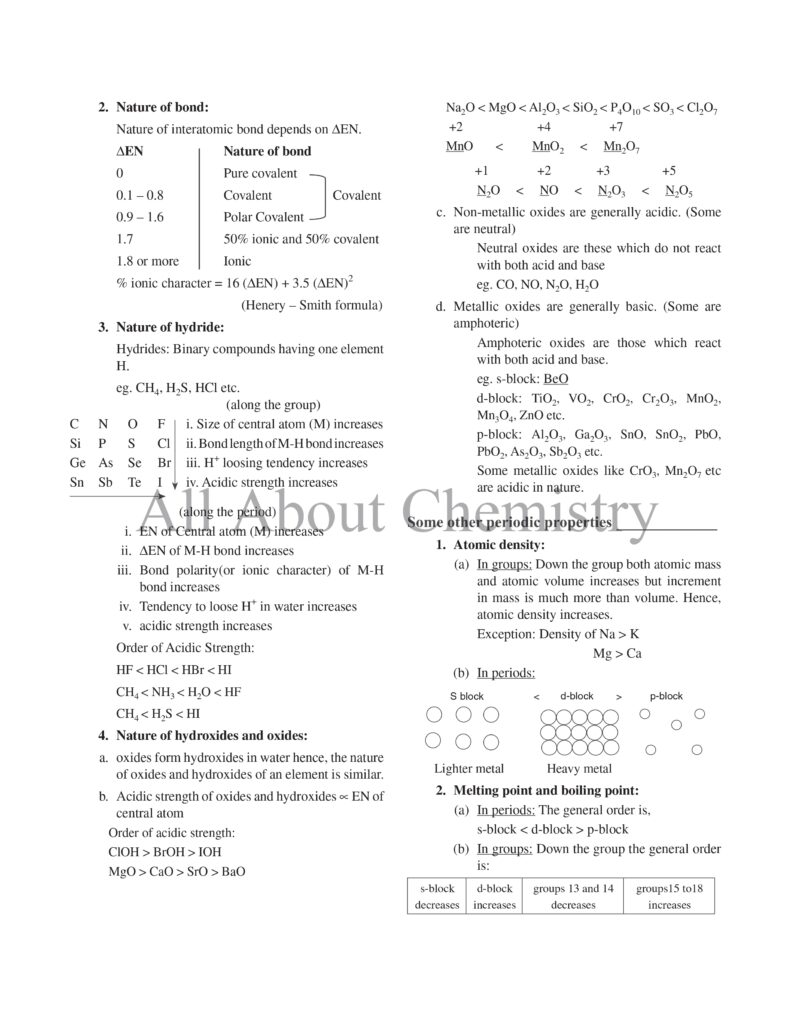Classification of Elements and Periodicity in Properties: An In-Depth Exploration
The periodic table of elements is a fundamental concept in chemistry, allowing us to organize and make sense of the vast array of elements that exist in our universe. At its core, the periodic table is a classification system that groups elements based on their properties and behavior. In this introduction, we will delve into the history and development of the periodic table, explore the different methods of classification, and examine the periodic trends and relationships that exist between elements.
A Brief History of the Periodic Table
The concept of a periodic table dates back to the early 19th century, when scientists such as John Newlands and Julius Lothar Meyer began to notice patterns and relationships between elements. However, it wasn’t until Dmitri Mendeleev’s groundbreaking work in 1869 that the modern periodic table began to take shape. Mendeleev, a Russian chemist, developed a system of classification that arranged elements in a logical and systematic order, based on their atomic weights and chemical properties.
Methods of Classification
There are several methods of classification that have been used to organize elements, including:
- Atomic Weight: Elements can be classified based on their atomic weight, which is the total number of protons and neutrons in an atom’s nucleus.
- Chemical Properties: Elements can be classified based on their chemical properties, such as their reactivity, electronegativity, and ability to form ions.
- Electron Configuration: Elements can be classified based on their electron configuration, which describes the arrangement of electrons in an atom’s orbitals.
- Blocks: Elements can be classified into blocks, which are groups of elements that have the same electron configuration in their outermost energy level.
The Periodic Table
The periodic table is a tabular display of the elements, organized by their atomic number (number of protons in the nucleus), electron configuration, and recurring chemical properties. The elements are displayed in a logical and systematic order, with elements that exhibit similar properties and behavior grouped together.
The periodic table is divided into several sections, including:
- Periods: Horizontal rows of elements, which are arranged in order of increasing atomic number.
- Groups: Vertical columns of elements, which are arranged in order of increasing atomic number and exhibit similar chemical properties.
- Blocks: Groups of elements that have the same electron configuration in their outermost energy level.
Periodic Trends and Relationships
The periodic table reveals several periodic trends and relationships between elements, including:
- Atomic Radius: The atomic radius decreases from left to right across a period and increases from top to bottom down a group.
- Electronegativity: Electronegativity increases from left to right across a period and decreases from top to bottom down a group.
- Ionization Energy: Ionization energy increases from left to right across a period and decreases from top to bottom down a group.
- Reactivity: Reactivity decreases from left to right across a period and increases from top to bottom down a group.
Conclusion
In conclusion, the classification of elements and periodicity in properties is a fundamental concept in chemistry that allows us to organize and make sense of the vast array of elements that exist in our universe. The periodic table is a powerful tool that reveals periodic trends and relationships between elements, enabling us to predict their properties and behavior. As we continue to explore and learn more about the elements, the periodic table remains an essential framework for understanding the building blocks of our universe.























